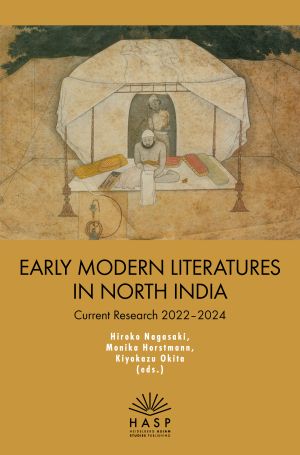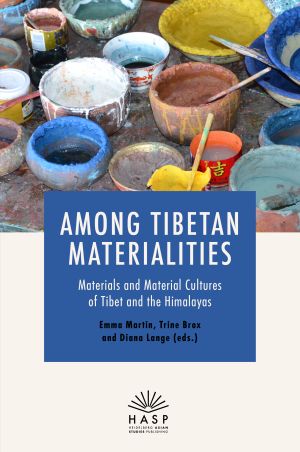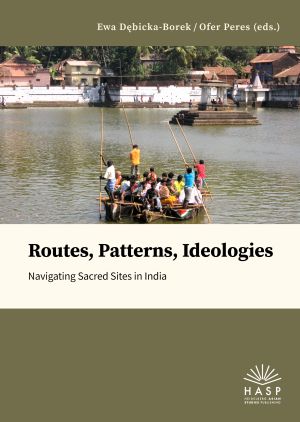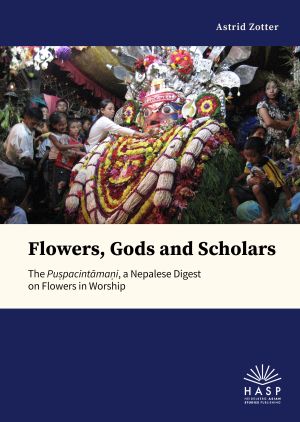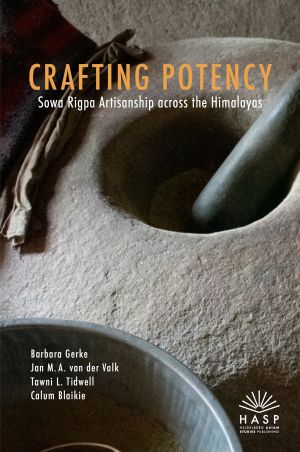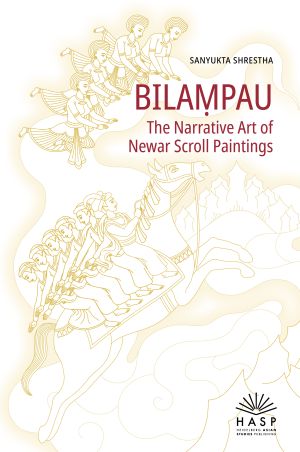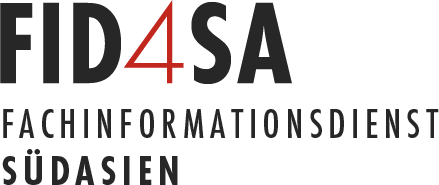Heidelberg Asian Studies Publishing
Mit Heidelberg Asian Studies Publishing bieten wir Forschenden in den Asienwissenschaften weltweit die Möglichkeit, ihre Forschungsergebnisse elektronisch zu publizieren. Wir unterstützen Open Access als Publikationsmodell für die Verbreitung von Forschungsergebnissen und veröffentlichen wissenschaftliche Monographien, Sammelbände und Zeitschriften sowohl als Erstveröffentlichungen („Goldener Weg“ des Open Access) als auch als Zweitveröffentlichungen („Grüner Weg“ des Open Access).





